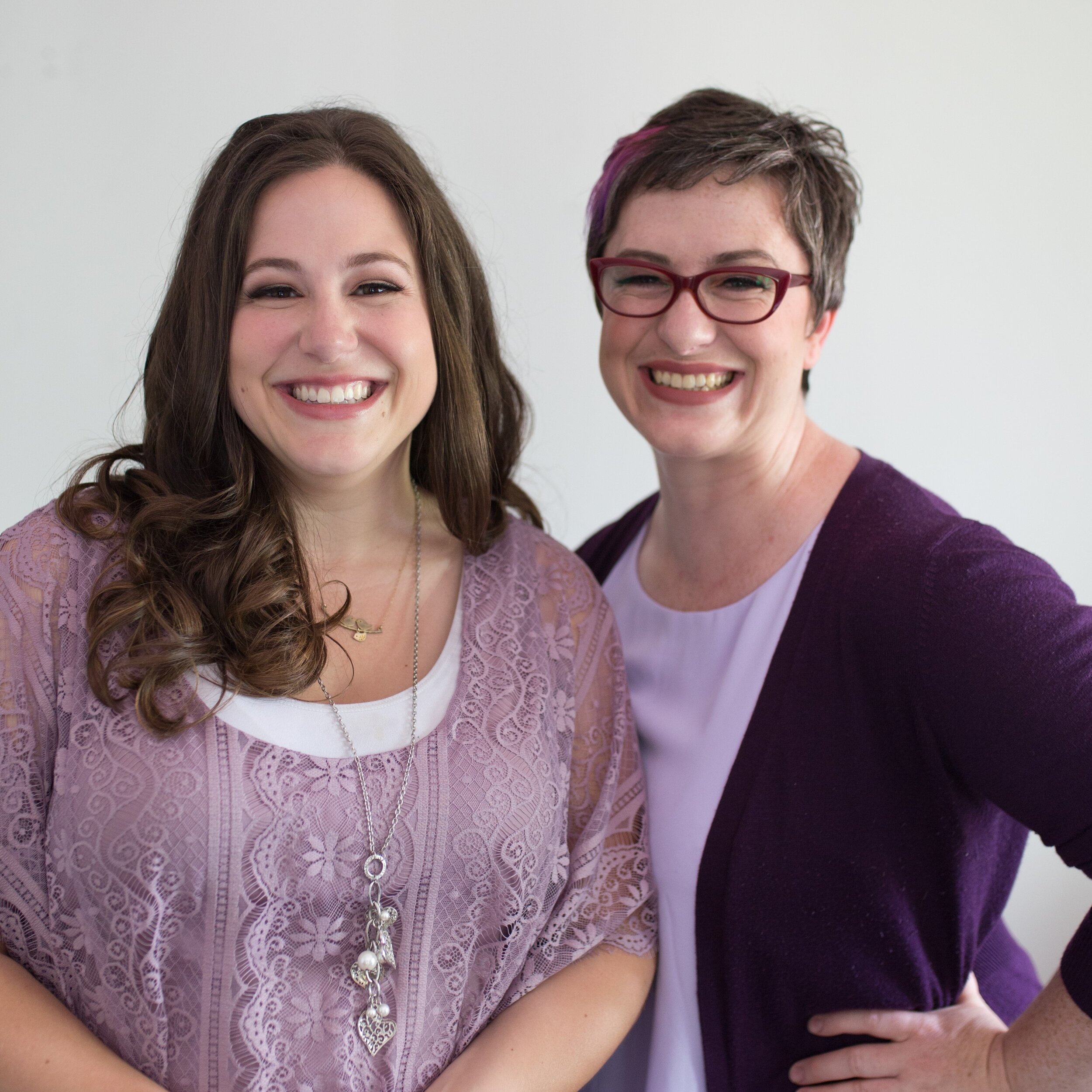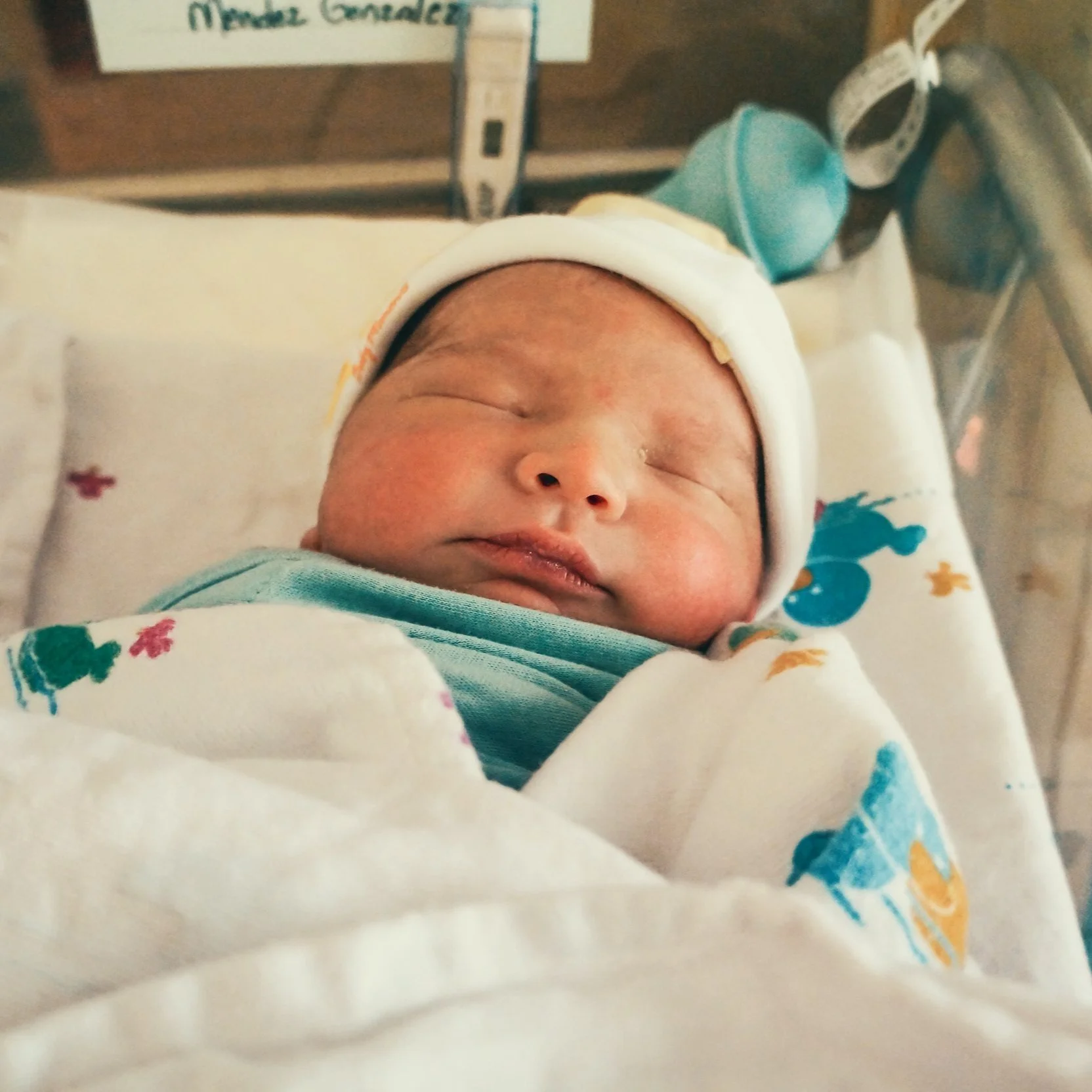My Doula Said What?! "Bathrooms Make Great Labour Caves"
As a doula, one of the best things I can do to support your labour is create a birthing space that feels safe, private and unobserved.
Why does it matter? Because when you feel safe, private, and unobserved, your labour may be less painful, happen more quickly, and result in fewer complications for you and your baby (want to learn more about this? Check out Dr. Sarah Buckley's work on physiological birth).
Image description: a newborn baby is laying on their back, wrapped in a hooded towel and wearing a diaper.
When we picture birth, the default image for most of us is:
a brightly lit, sterile hospital room
full of medical personnel
feet in stirrups, vulva fully exposed
everybody waiting for you to push a baby out.
Essentially the exact opposite of what our inner mammal is looking for in a birthing space. 😒
What many of us actually need is a dark, cozy, safe, and protected space - a labour cave!
Whether you’re at home, the hospital, or a birth centre, having someone on labour cave duty can make a huge difference for your birth experience. This simply means that there is someone who’s responsible for making sure lights are kept dim or off and doors, windows, and blinds are closed.
It seems like such an inconsequential thing that it’s easily overlooked as making a meaningful difference, but this basic tenet of birth support is the foundation from which all other comfort measures are built. With the creation of a safe, private, unobserved birthing space, all other tools, practices, and strategies become more effective. Without it, they become less effective.
So why bathrooms specifically? Because sometimes you really need that smaller, cozier space to get your birth on.
Here are six simple ways to make a bathroom into an ideal labour space:
Set up LED candles: this keeps the lighting dim to help your inner mammal feel safe and unobserved.
Run the hot water (whether you plan to use the shower or not): this makes the bathroom steamy and warm. Many folks in labour find clothing uncomfortable, distracting, or “too much” as things intensify. A warm room means you’ll be comfortable no matter what you’re wearing (or not wearing).
Keep the door closed: this increases your sense of privacy and makes it clear that anyone wanting to come in needs to ask your permission first. If you’re really wanting to get the good hormones flowing, you might even want to make out with your partner in there for a bit. And if not, just being together alone with your beloved creates a sense of emotional intimacy which will get those juicy labour hormones flowing.
Use the shower or tub: many labouring people find the use of water to be soothing and comforting. It can even reduce your pain and help you cope with your contractions.
Lean forward over the bathroom counter: if you’re feeling a lot of pressure through your pelvis, sitting on anything during contractions may be fantastically uncomfortable. Standing can relieve the pressure, while forward leaning can allow baby plenty of room to move into the best position they can for birth.
Sit on the toilet: this helps open your pelvis and allows baby as much room as possible to move down. PRO TIP: sit backwards and put a pillow on the tank - then, in between contractions, you can really let go, relax, and rest. Added bonus – when you first start to push, sitting on the toilet can be a shortcut to figuring out how to do it effectively. Your body already knows how to push on the toilet and you can make use of that muscle memory during labour.
What if I’m planning on getting an epidural?
No worries! You can still make use of your labour cave:
Some folks find they still have enough sensation or movement in their legs to be able to shuffle walk (with support!) to the bathroom. Once your epidural is placed, you can discuss giving this a go with your nurse. If all is well, your nurse will help you sit, then stand, then test your balance – if you’re able to do all of these things safely, they’ll support you (along with your partner and/or doula) in moving to the bathroom. You won’t be able to use the shower or tub due to the epidural, but you can sit on the toilet. And while not everyone has enough sensation through their pelvic floor to manage it, you may even be able to pee, thus avoiding a catheter.
If your care providers have recommended you stay in bed, you can still make use of the idea of a labour cave. Your support team can set up the candles in your room, turn off the overhead lights, grab an extra blanket or two from the warmer, make sure the main door is kept closed, and offer a hand massage to help you relax and rest. And while you’ll be staying in bed, your doula and partner can still help you change positions (always good for labour progress).
Remember – the main goal of the labour cave is to cultivate a sense of safety and privacy. You and your support team can do that no matter where you’re giving birth.
Image description: a pregnant woman with an epidural sits on the toilet in a hospital bathroom wearing a grey sports bra. Her midwife sits on the floor in front of her. An IV cart is visible to the right.






